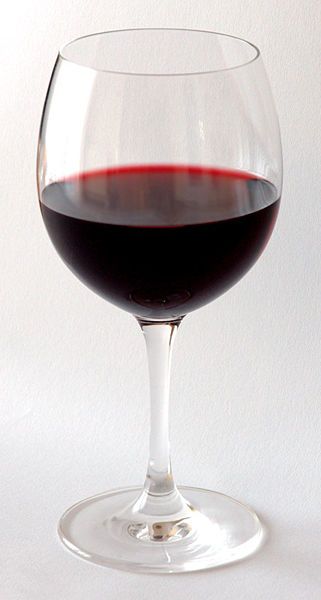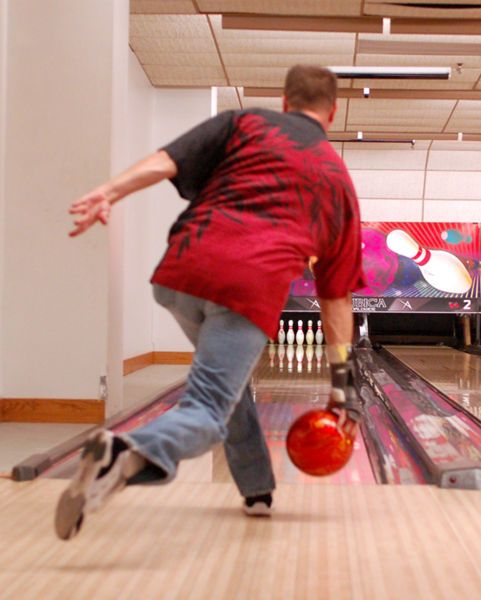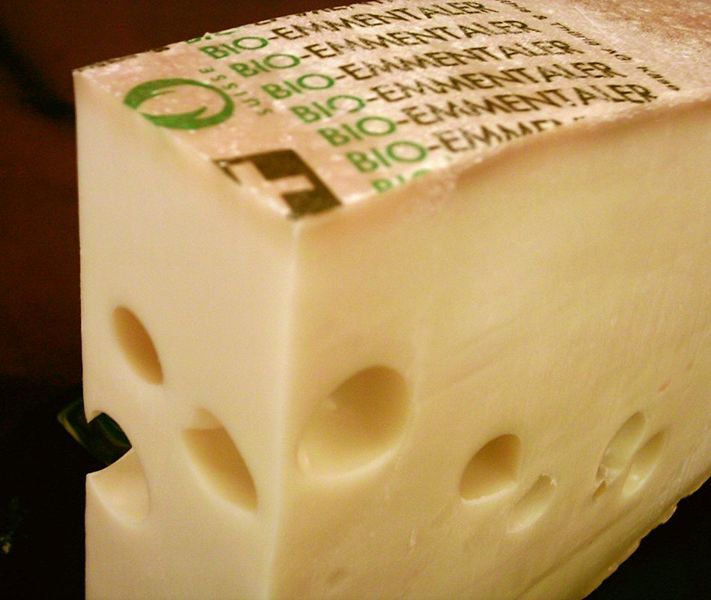Sports and Everyday Life

wine. Wikimedia Commons (Aka, CC)

bowling. Other (Public Domain)

cheese. Wikimedia Commons (Ranveig, GFDL)

chess. Wikimedia Commons (Andre Riemann, GFDL)
This category covers the things that people do in their spare time for fun and it includes activities that people enjoy as professionals. Sports and everyday life includes arts and crafts, customs, food, games, hobbies, interior design, and sports. It’s the category about the rest of our life.
Content about arts and crafts begins with the kinds of things that we do around the home, in the yard and ... Read more
for hobbies. This could include knitting, building models, making pottery, and gardening. Some of these arts and crafts could be decorative, functional, or both.
Sports and everyday life also includes fashion. This covers designing and making clothes, as well as buying them. We’re talking about everything from buttons and corsets, to suits and dresses, to earrings and shoes.
People need to eat and drink and we have content about all kinds of food and beverages. One of the world’s oldest alcoholic drinks is mead and one of the world’s most mysterious is absinthe. Formerly made with wormwood, absinthe is banned due to its toxicity. Food could include everything we eat for breakfast, lunch, dinner, and midnight snacks. This includes cakes and doughnuts, fresh fruit, steaks, soups, and just about anything you can eat.
Professionals and amateurs play sports around the world. Some kinds of sports include soccer, basketball, American football, cricket, and baseball. Sports can be played in all seasons, and both outdoors and inside. Legendary names from the world of sports include Muhammad Ali, Michael Jordan, Pelé, Nadia Comaneci and David Beckham.
Explore more about sports and everyday life below.




